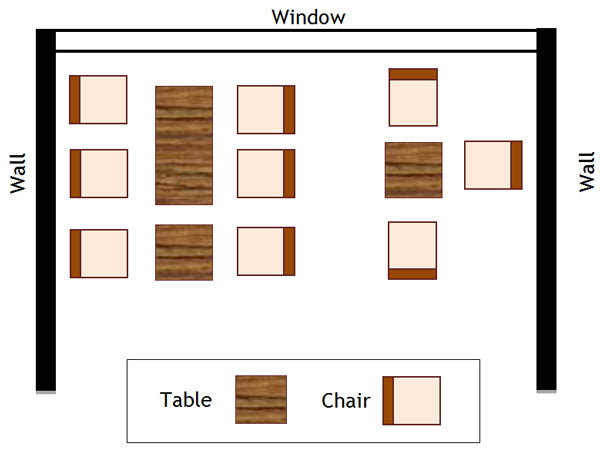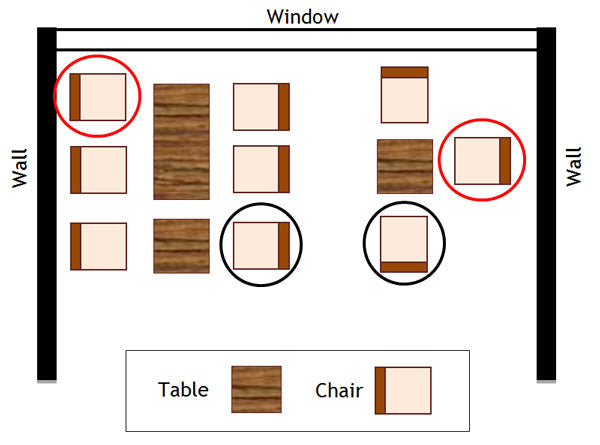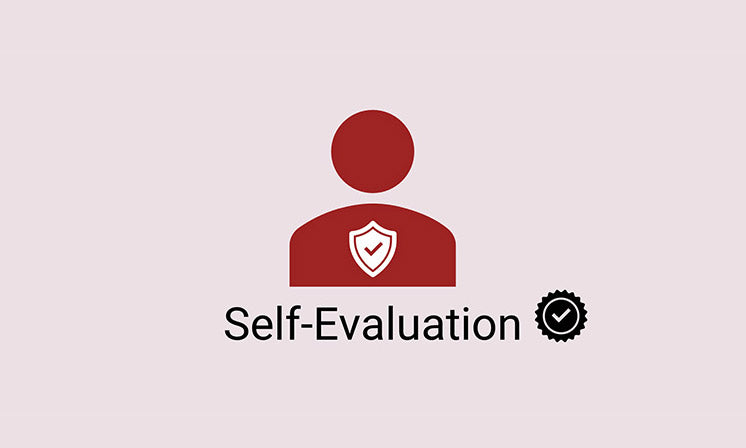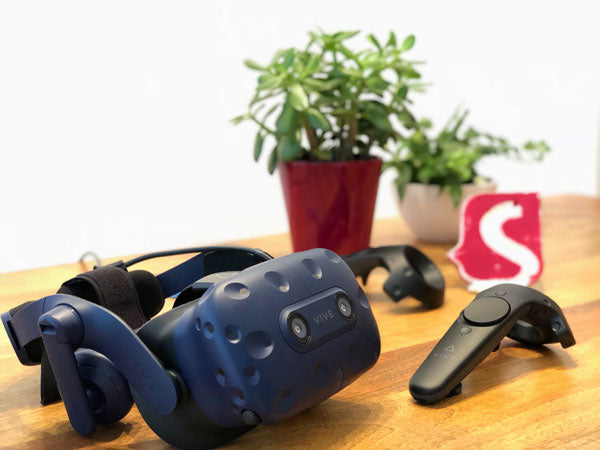Humans are predictable. Magicians have taken advantage of this predictability for generations. Knowing how to read people helps you significantly in your negotiations, persuasions and overall communications. This ability to predict human behaviour is often related to our evolutionary past. As we have evolved to survive in our environment, we have acquired a lot of “hardwiring” in our brain which now simply dictate our behaviour. We are all too familiar with some of the common behaviours such as seeking water when thirsty or wanting to leave the meeting room when we can no longer hold it.
However, some of these hardwiring and their consequences are more subtle and a careful observation can give the observer a significant advantage in predicting the eventual behaviour. It's all about reading non-verbal signals, where people are looking, their body orientation, their posture, their eyes, their legs and other gestures.
In this article, a particularly useful body language technique is presented that helps you read people and understand what people are likely to do before they do it and to use this knowledge to your advantage. This also helps you to improve your communication skills as you don't have to rely primarily on what people say and can read other non-verbal signals to understand them.
Body Language
Body language is a vast field, especially considering the differences between various cultures that use different gestures to express themselves. A particularly interesting area within body language is sitting positions. How do people choose a particular seat? What parameters influence their decisions?
You may wonder why we should care about sitting positions. In certain situations, knowing where someone is going to sit when they have a free choice can help you position yourself accordingly perhaps for attention or to stay away from them. Sitting positions are particularly useful in negotiations, meetings, coaching, training, appraisal, interviews and so on.
Remember, if there is only one seat available or if it is obvious where someone must sit either by design or from standard norms in society, then this particular observation of body language doesn’t apply. The technique explored here is useful when a subject has a free choice in choosing where to sit.
Sitting Preference Example
Suppose a person, say a client enters a room which is full of chairs. Where would he choose to sit? Is there a pattern? What is the most important factor that defines their choice?
There can be several parameters that influence a person’s choice of sitting, but one parameter is more critical and usually overshadows all others.
Let’s consider the setup shown above (see image at the start of the article). Which seats are the most common places for people to sit? If people incrementally enter the room, is there a particular sequence of chairs that they choose? Is there a pattern?
Think about this before reading further. It is a nice puzzle to ponder over. You can then see the results in the illustration provided at the end of this article.
What Makes People Choose a Particular Seat?
As you can see from the illustration (provided below), the most common seats are those that are circled in red. The reasons are as follows:
- People don’t like to have their backs exposed. Hence, they often choose a location with their back to a wall if they can. This comes from our natural defensive tendencies. If we have a choice, we choose the safest path.
- People want to sit where they can see other people who enter the room or the environment. People prefer to have maximum view of the environment.
- People are also slightly wary of windows. They like to be next to them, but not too close, just in case. Hence, in this example the most common seat is the one on the right. The one on the left is slightly too close to the window and when people have a choice between the two (and all else being equal) they will choose the one on the right.
- People in countries with less sun usually want to sit in the sun. Chairs with better sun may have a preference, unless the sun disturbs them because they have to look at a computer screen or something similar. In this example, if the circled chair on the left was in the sun (and this room was in a north European country such as UK), it is more likely to be taken first than the chair on the right.
What Seats Are Avoided?
There are also some seats that people would avoid unless there is absolutely no choice left. In this example, people would never choose to sit in seats circled in black unless all other seats are taken. The problem with these seats is that they strongly expose the back to others. A person sitting in one of these chairs will be unconsciously vulnerable and would have limited view of what is going on behind him.
When confronted with such a choice, a person may even prefer to stand (and spend more energy) while others are sitting. This helps him to be in a position of advantage since standing over others will allow him to feel more in control and remain aware of his surroundings.
Is There a Pattern?
Humans are territorial and like to keep their personal space private. As a result, when sharing an environment with others, we tend to divide the area in our head and give as much space to others as we can while claiming as much space as possible ourselves. Let’s illustrate this with an example;
If a series of people who don’t know each other enter the room shown in this picture, they are likely to choose the following sequence of chairs; the first person chooses the best seat (1). The second person aims to be as far away as he from the other person, effectively dividing the space by two. The third person chooses a seat away from the other two and this sequence continues. Remember, the general rule of protecting the back still applies and can have a significant influence. Sitting next to another person is tolerated so long as it has the best protection for the back even if seats are available further away.
Test Your Body Language Knowledge
To become more familiar with this technique, choose a particular room with a series of seats and analyse it to see where most people might sit. Good choices for such rooms are reception rooms, libraries, university/hospital common rooms and similar public environments. Wait until people start to use the room and see if your observation matches the reality. Expect to be amazed at the clear pattern that emerges and gives you a warm feeling of being in control. Who knows, you may even feel much like a true magician. Enjoy.
Soft Skills Training Materials
Get downloadable training materials
Online Train the Trainer Course:
Core Skills
Learn How to Become the Best Trainer in Your Field
All Tags
Training Resources for You

Course Design Strategy
Available as paperback and ebook

Free Training Resources
Download a free comprehensive training package including training guidelines, soft skills training activities, assessment forms and useful training resources that you can use to enhance your courses.

Our Comprehensive Guide to Body Language

Train the Trainer Resources
Get Insights - Read Guides and Books - Attend Courses
Training Materials
Get downloadable training materials on: Management Training, Personal Development, Interpersonal Development, Human Resources, and Sales & Marketing
















Leave a comment
All comments are moderated before being published.
This site is protected by hCaptcha and the hCaptcha Privacy Policy and Terms of Service apply.